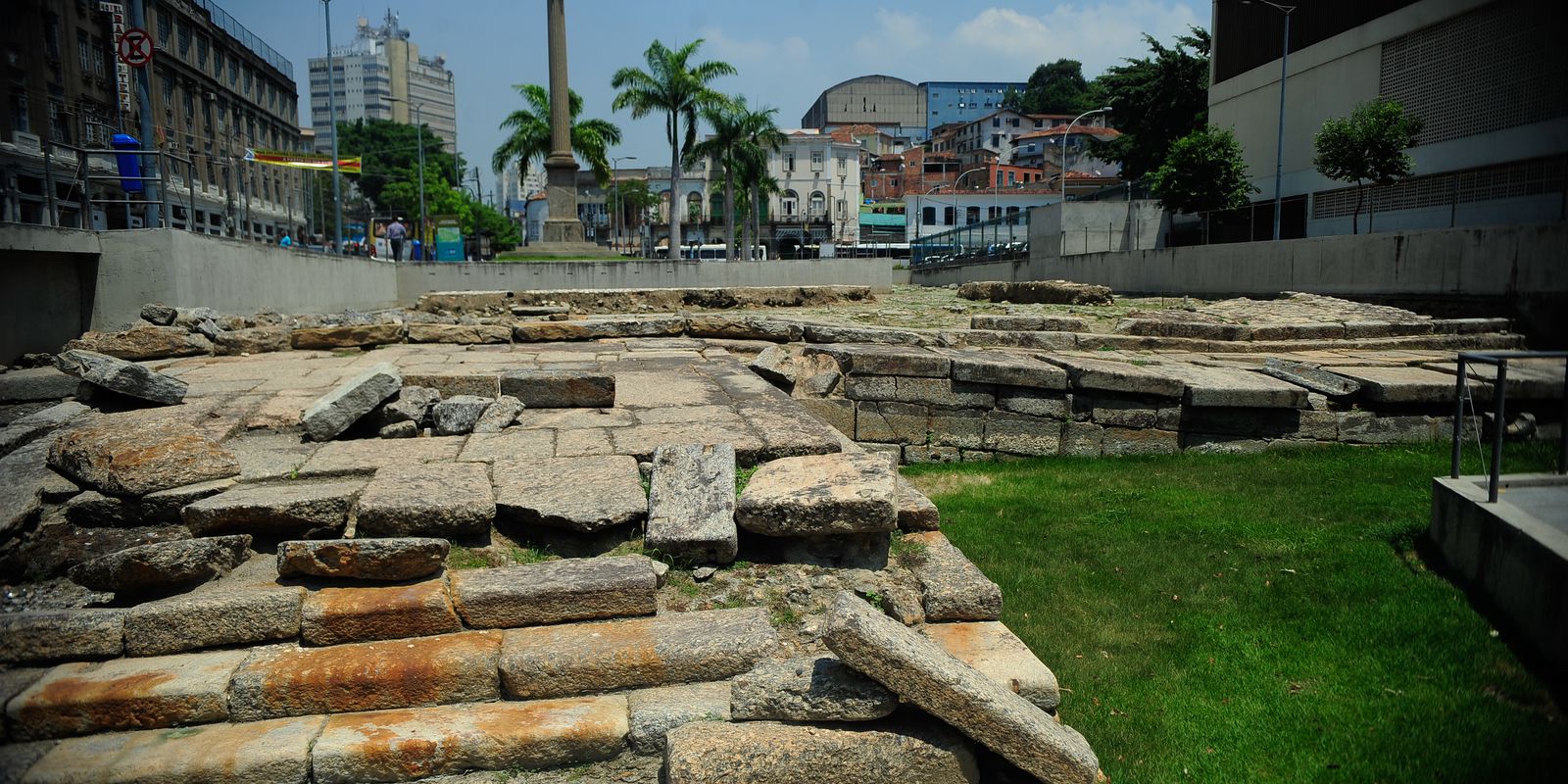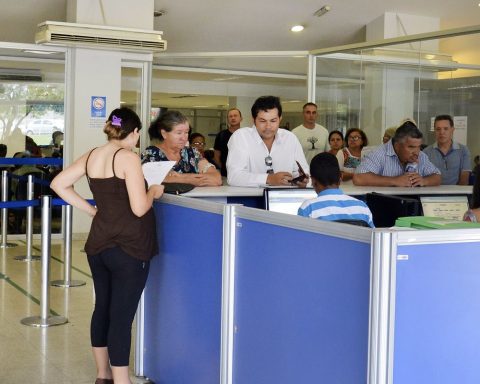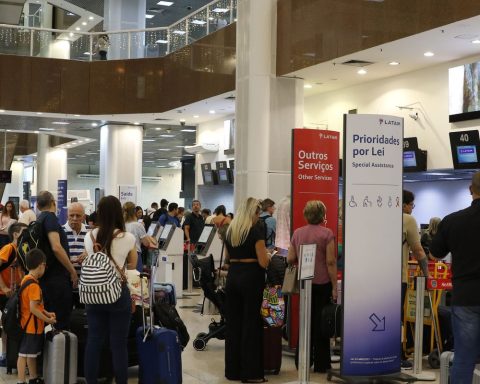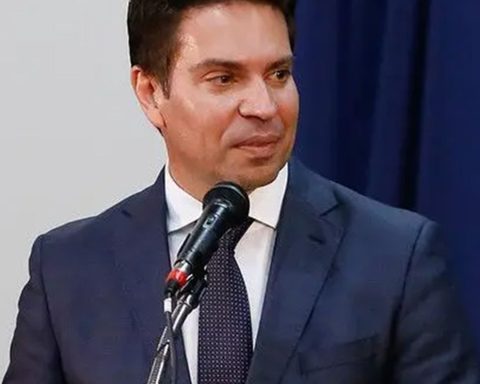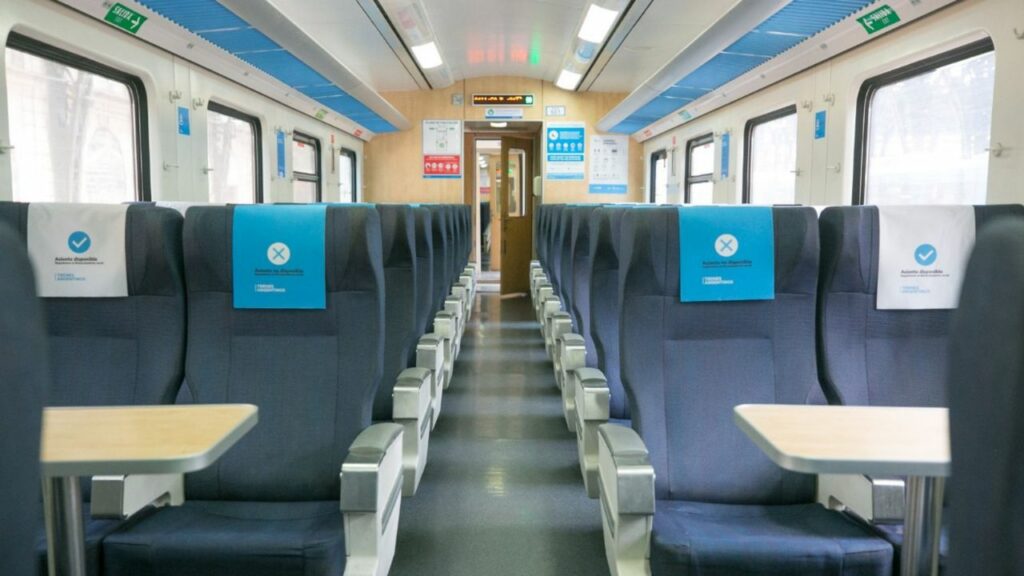Established by decree in 2011, the African Heritage Circuit in Rio of Januarywhich covers the port region known as Little Africa, reveals archaeological excavations and sites of resistance and attempts to erase black history in the city.
Professor Flávio Henrique Cardoso, who promotes public classes to teach the history of the region and the arrival of enslaved Africans in the country, regrets the situation of abandonment of some spaces. Before the pandemic, in 2019, he warned of the lack of investment in the regionwhich hasn’t changed much since then.
“Little Africa remains in the same conditions as it was in 2019, that is, the places that were lacking in lighting continue. But the circuits keep happening the same way. In the post-pandemic, it got a little worse, but nothing that prevents you from doing the circuit.”
Asked about investment in equipment in the last three years, the Urban Development Company of the Porto Region (Cdurp) answered only about the Opening of the Museum of Afro-Brazilian History and Culture (Muhcab), last year. The space operates at the José Bonifácio Cultural Center and is one of the attractions that is closed on Sundays.
Another one that doesn’t open on Sunday and the Instituto dos Pretos Novos (INP), which houses part of the cemetery where people trafficked from Africa who died after entering Guanabara Bay were buried. But Pedra do Sal, the Hanging Garden of Valongo, Largo do Depósito and Cais do Valongo are open every day.
Valongo Wharf
After five years of overturning of Valongo Wharf as Cultural Heritage of Humanity by the United Nations Educational, Scientific and Cultural Organization (Unesco), the site requires revitalization, conservation and signaling works, as well as the elaboration of a heritage management plan and the effective implementation of the Management Committee.
One bill to expand the protection of the good is being processed in the Chamber of Deputies and the Executive Coordination for the Promotion of Racial Equality of the city hall informs that it has been working to make up for the lack of the Management Committee, with actions through the Círculo do Valongo.
According to the Instituto do Patrimônio Histórico e Artístico Nacional (Iphan), the agency has been working on raising funds and implementing actions such as the preparation of a project to restore and adapt the Pedro II Docks building, which is located in front of the site, to to house the Interpretation Center of Cais do Valongo, point of information about the history of the pier to visitors and tourists.
Cais do Valongo was built in 1811, being the main point of landing and trade of enslaved Africans in the Americas until 1831, when transatlantic human trafficking was prohibited. It is estimated that between 500,000 and one million enslaved people landed in Brazil through Valongo. The site was grounded in the urban reforms of 1911 and the traces were revealed in 2011, during the works of the Porto Maravilha project.
In July 2017, UNESCO included the site on the World Cultural Heritage List, described as “the most important physical evidence associated with the historical arrival of enslaved Africans on the American continent”.
Rio Art Museum
Managed by the Organization of Ibero-American States in Brazil (OEI) since January of this year and as a museum inserted in the Little Africa region, with actions for the social and cultural inclusion of the surrounding population, the Museu de Arte do Rio (MAR) celebrates O November 20th with four exhibitions of black artists and with racial themes on display.
The main show at the moment is A Color Defect, which can be seen until the day May 14th de 2023. It presents an interpretation of the homonymous book by Ana Maria Gonçalves, released 16 years ago and already considered a classic of Brazilian Afrofeminist literature.
It is a “romantic real story”, explained the author, the book brings the saga of Kehinde, a native of the Kingdom of Dahomey and kidnapped on the coast where she is from. today the Republic of Benin, at the age of six, and brought to Brazil as a slave in the early 19th century.
The historiographical review of slavery addresses struggles, social and cultural contexts of the century, with 400 works such as drawings, paintings, videos, sculptures and installations by more than one hundred Brazilian and African artists, including unpublished works by Kwaku Ananse Kintê, Kika Carvalho, Antonio Oloxedê , Goya Lopes, produced especially for the show.
One of the participating artists is painter Renan Teles, from Itaquera (SP). For him, the black presence in the visual arts is a way of correcting the past of exclusion at all levels that the black population has suffered throughout Brazilian history.
“We were not taken as the powerhouse that we are. If I, as a black person, do not have access to my roots and my history, how can I think about the future and use that as a basis for the present?”.
The exhibition is divided into ten sections that mirror the 10 chapters of the book, about black revolts, entrepreneurship, female protagonism, ancestor worship, Contemporary Africa. One of the places that the character goes through in search of her son, Luiz Gama, sold into slavery by his own father, a Portuguese baron, is the Little Africa region in Rio de Janeiro. of January??
afrofeminist literature
Another current exhibition promoted by MAR with roots in classical Brazilian Afro-feminist literature is Carolina Maria de Jesus: a Brazil for Brazilians. The free artistic occupation can be seen until the day December 15th in Parque Madureira, in the north of the city. The exhibition features around one hundred works by ten artists, including photographs, videos, collages and newspaper reports, to pay homage to the favela writer and paper collector from Quarto de Despejo, released in 1960 and translated into 13 languages.
The solo show Agnaldo Manuel dos Santos – The Conquest of Modernity features 70 wooden sculptures by the black artist from Bahia, who died in 1962, produced at different stages of his career. The exhibition can be seen until the day February 23 from 2023 and brings together works from museums and private collections organized in the axes Sculpting a Trajectory, O Universo das Carrancas, Sobre Gente e Afeto, A África de Agnaldo and Entre Santos e Ex-votos.
Also rescuing the racial theme, the itinerant exhibition of the 34th Bienal de São Paulo on display at MAR brings, even January, 22th From 2023, the exhibition Portraits of Frederick Douglass, writer, orator and black politician who escaped slavery in his adolescence and became a symbol of the abolitionist struggle in the United States in the 19th century. .
In addition, last month MAR raised a new flag, in which it expresses the black philosopher concept Brazilian Lélia Gonzales (1935-1994) from portuguesewith reflections on the place of speech of black women and Afro-Brazilian ancestry. The flag was created by artist Rosana Paulino and will be flown until the first semester.
Another initiative, inaugurated this week, is the mural Pretas no Poder, painted on Rua Pintora Tia Lúcia, the result of a graffiti workshop promoted in partnership with the extension course Universidade das Quebradas, at the Federal University of Rio of January (UFRJ), and Vale Cultural Institute. Participants were guided by graffiti artist Airá Ocrespo.
